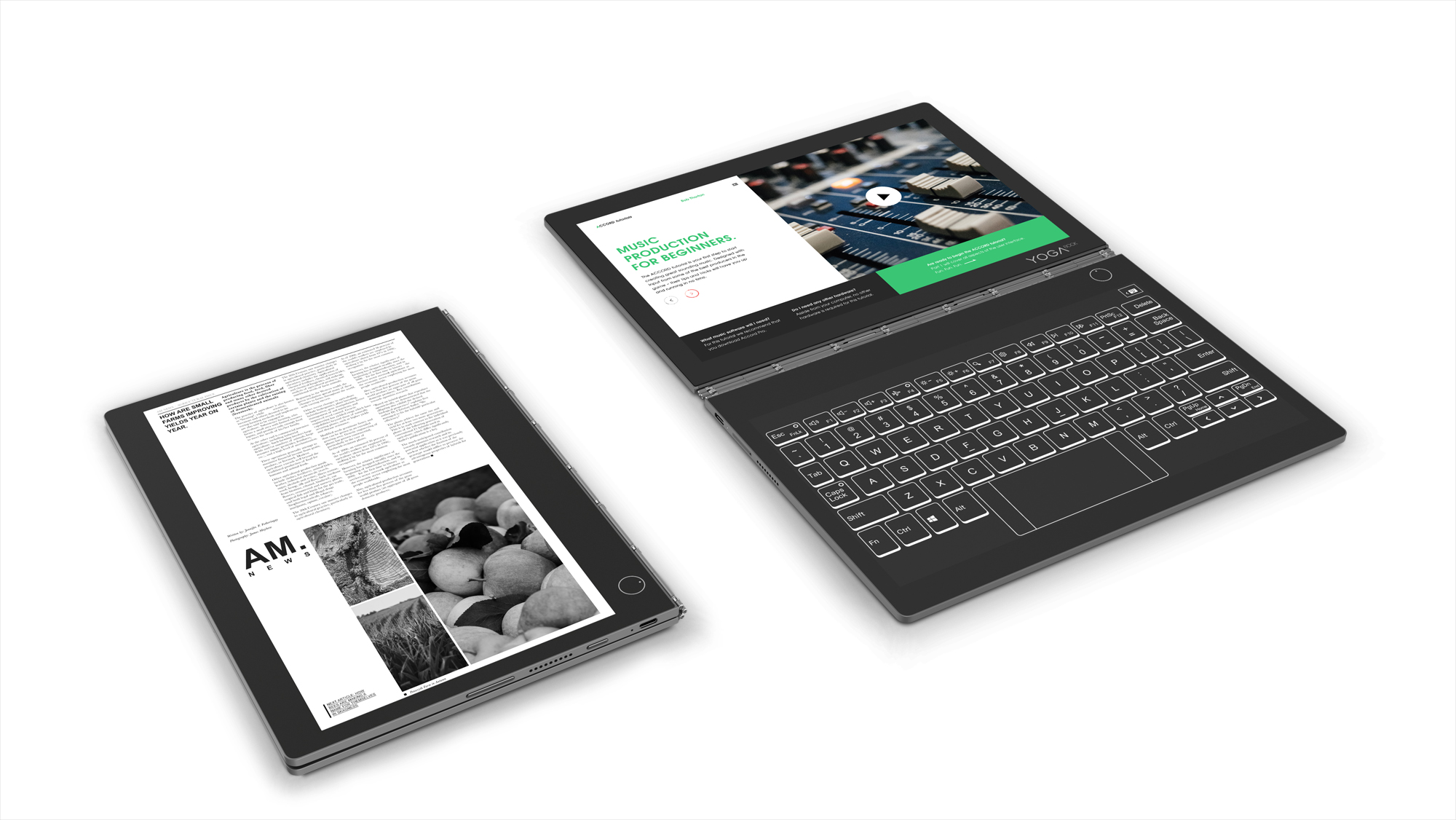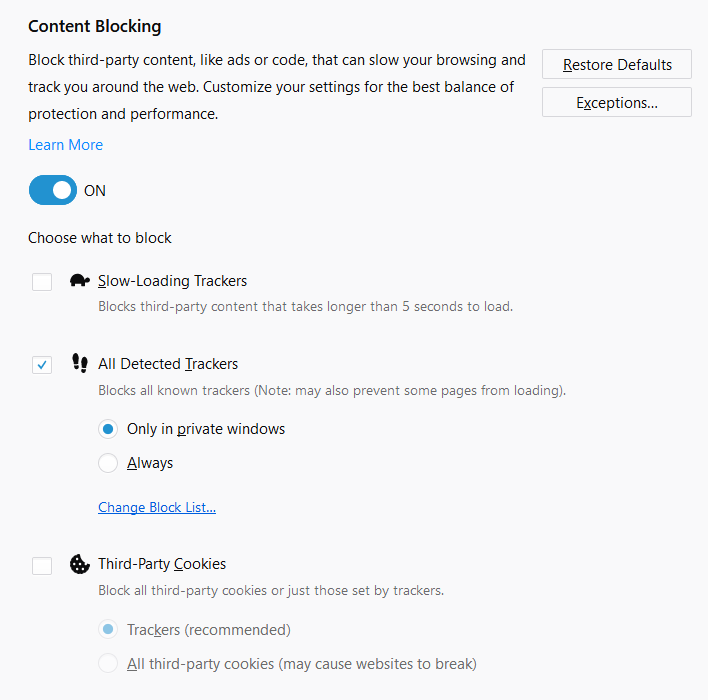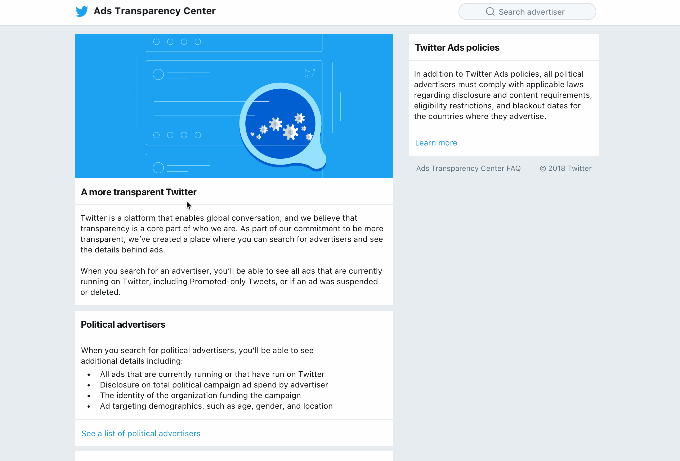The growth of cloud services — with on-demand access to IT services over the Internet — has become one of the biggest evolutions in enterprise technology, but with it, so has the threat of security breaches and other cybercriminal activity. Now it appears that one of the leading companies in cloud services is looking for more ways to double down and fight the latter. Amazon’s AWS has been working on a range of new cryptographic and AI-based tools to help manage the security around cloud-based enterprise services, and it currently has over 130 vacancies for engineers with cryptography skills to help build and run it all.
One significant part of the work has been within a division of AWS called the Automated Reasoning Group, which focuses on identifying security issues and developing new tools to fix them for AWS and its customers based on automated reasoning, a branch of artificial intelligence that covers both computer science and mathematical logic and is aimed at helping computers automatically reason completely or nearly completely.
In recent times, Amazon has registered two new trademarks, Quivela and SideTrail, both of which have connections to ARG.
Classified in its patent application as “computer software for cryptographic protocol specification and verification,” Quivela also has a Github repository within AWS Labs’ profile that describes it as a “prototype tool for proving the security of cryptographic protocols,” developed by the AWS Automated Reasoning Group. (The ARG also has as part of its mission to share code and ideas with the community.)
SideTrail is not on Github, but Byron Cook, an academic who is the founder and director of the AWS Automated Reasoning Group, has co-authored a research paper called “SideTrail: Verifying the Time Balancing of Cryptosystems.” However, the link to the paper, describing what this is about, is no longer working.
The trademark application for SideTrail includes a long list of potential applications (as trademark applications often do). The general idea is cryptography-based security services. Among them: “Computer software, namely, software for monitoring, identifying, tracking, logging, analyzing, verifying, and profiling the health and security of cryptosystems; network encryption software; computer network security software,” “Providing access to hosted operating systems and computer applications through the Internet,” and a smattering of consulting potential: “Consultation in the field of cloud computing; research and development in the field of security and encryption for cryptosystems; research and development in the field of software; research and development in the field of information technology; computer systems analysis.”
Added to this, in July, a customer of AWS started testing out two other new cryptographic tools developed by the ARG also for improving an organization’s cybersecurity. Tiros and Zelkova, as the two tools are called, are math-based techniques that variously evaluate access control schemes, security configurations and feedback based on different setups to help troubleshoot and prove the effectiveness of security systems across storage (S3) buckets.
Amazon has not trademarked Tiros and Zelkova. A Zelkova trademark, for financial services, appears to be registered as an LLC called “Zelkova Acquisition” in Las Vegas, while there is no active trademark listed for Tiros.
Amazon declined to respond to our questions about the trademarks. A selection of people we contacted associated with the projects did not respond to requests for comment.
More generally, cryptography is a central part of how IT services are secured: Amazon’s Automated Reasoning Group has been around since 2014 working in this area. But Amazon appears to be doing more now both to ramp up the tools it produces and consider how it can be applied across the wider business. A quick look on open vacancies at the company shows that there are currently 132 openings at Amazon for people with cryptography skills.
“Cloud is the new computer, the Earth is the motherboard and data centers are the cards,” Cook said in a lecture he delivered recently describing AWS and the work that the ARG is doing to help AWS grow. “The challenge is that as [AWS] scales it needs to be ever more secure… How does AWS continue to scale quickly and securely?
“AWS has made a big bet on our community,” he continued, as one answer to that question. That’s led to an expansion of the group’s activities in areas like formal verification and beyond, as a way of working with customers and encouraging them to move more data to the cloud.
Amazon is also making some key acquisitions also to build up its cloud security footprint, such as Sqrrl and Harvest.ai, two AI-based security startups whose founding teams both happen to have worked at the NSA.
Amazon’s AWS division pulled in over $6 billion in revenues last quarter with $1.6 billion in operating income, a healthy margin that underscores the shift that businesses and other organizations are making to cloud-based services.
Security is an essential component of how that business will continue to grow for Amazon and the wider industry: more trust in the infrastructure, and more proofs that cloud architectures can work better than using and scaling the legacy systems that businesses use today, will bolster the business. And it’s also essential, given the rise of breaches and ever more sophisticated cyber crimes. Gartner estimates that cloud-based security services will be a $6.9 billion market this year, rising to nearly $9 billion by 2020.
Automated tools that help human security specialists do their jobs better is an area that others like Microsoft are also eyeing up. Last year, it acquired Israeli security firm Hexadite, which offers remediation services to complement and bolster the work done by enterprise security specialists.










